Quick-response team in action. Photo by Keith Hellyer
All over the world, human-wildlife coexistence is under pressure. There are many different reasons, but almost all are related to land competition. People tend to use more and more space, but if the natural areas become too small, fragmented or depleted, wildlife is forced to enter human-dominated landscapes to search for food, water, partners and shelter. The consequences are sometimes grave. Crops are eaten and livestock and people attacked. People and wildlife even get killed.
To reduce this problem, many nature conservation organisations engage with local communities to mitigate the damage and establish conditions for peaceful coexistence between people and wildlife. Known solutions include guarding shepherd and dogs, financial schemes to compensate farmers, the funding and placement of fences to keep wildlife at bay, and early warning systems to detect wildlife.
All these measures are very costly and not always effective. Hence, innovations are needed to drive down the costs and boost the effectiveness of existing measures.
The Digital Twin-innovation that we are working on is aimed at boosting the effectiveness of existing measures.This is possible because Digital Twins are sophisticated simulation models that do 3 things:
they predict where (groups of) animals are right now,
the predictions are continuously updated through real-time observations in the field, and
the prediction algorithms automatically become better through time as they learn from every new observation.
Together with the Wageningen University and others, we are developing digital twins for cranes, bears, and elephants (more species will follow!).
Stay tuned if you want to use our Digital Twins to foster peaceful human-wildlife coexistence!















